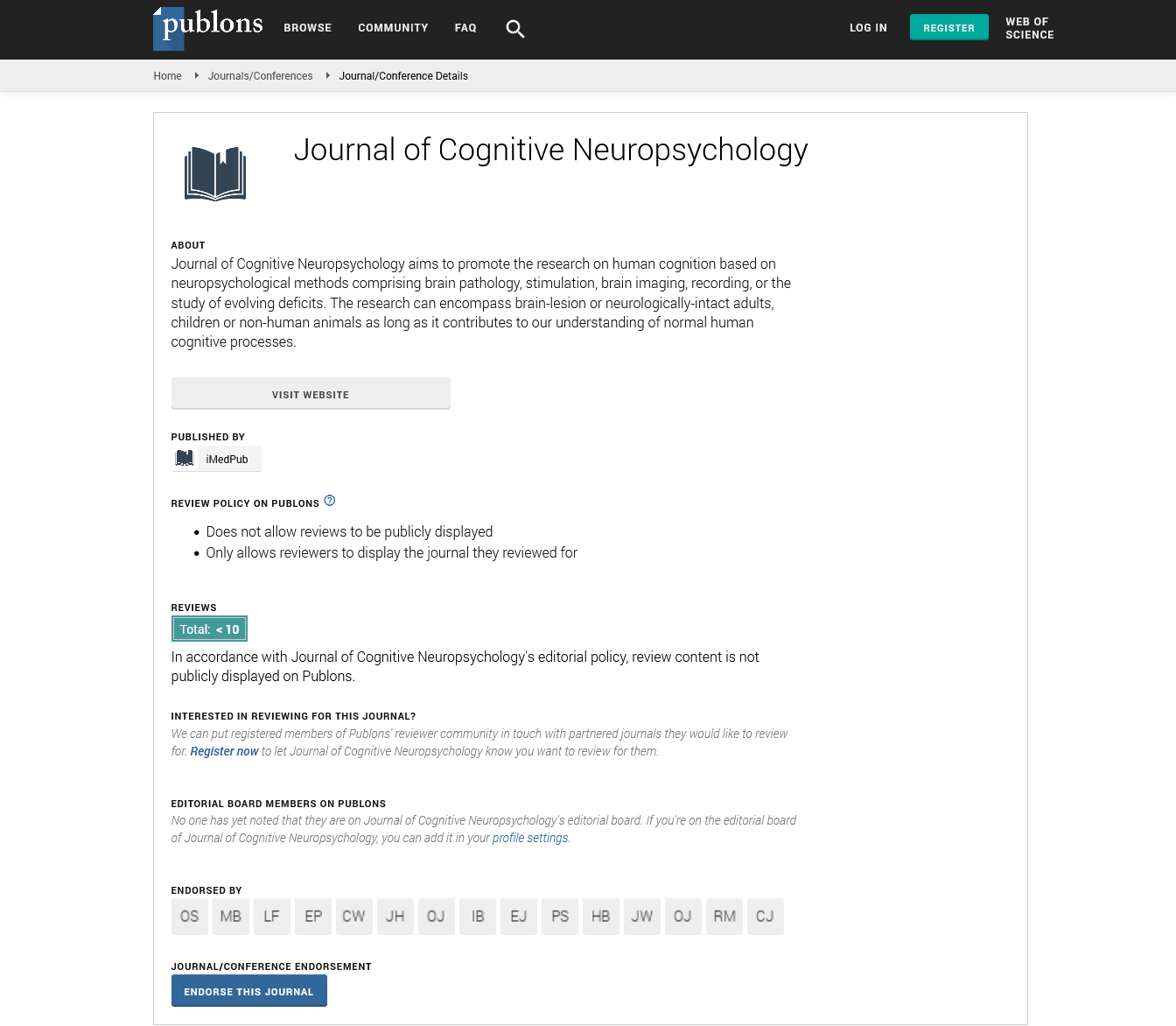Abstract
The Mystery of Language
The development of language, from generation of affective sounds to babbling
and production of first words and phrases, resembles rather the unfolding of
an innate disposition. Babies absorb the statistics of language in their first 10
months of life through their innate auditory magnet. The core neural structures
involved in speech of young children and vocalization of monkeys and apes are
identical. The integration of the Mid-Cingulate Cortex (MCC) harbouring the
rostral and caudal Cingulate Motor Areas (CMAs) and the presupplementary
motor area-supplementary motor area (pre-SMA-SMA) in man has enabled the
sequencing and articulation of speech. In 3-4 year olds, the syntactic-semantic
processing of sentences is initially implemented undifferentiated in an area
in the left posterior Superior Temporal Gyrus (STG)/middle STG. In 9 to 10 year
olds, the hemodynamic activity underlying syntax processing shifts into the left
IFG. A milestone in acquiring language is learning to use verbs in the third year
of life. Verbs are processed in the left posterior Superior Temporal Sulcus (STS),
and bilateral Temporoparietal Junction (TPJ), whereas Broca´s area is involved
in determining the correct order of the arguments. These findings suggest that
the human brain is sensitive to the grammatical hierarchical relationships, which
mediate actions and agency relationships. The infantile unlearned imitation of
actions in the first year of life mediated through CMAs may essentially contribute
to these processes. The grammatical subject-verb-object and -object-verb types
of sentences mediate the subject-action-patient order of agency in more than
90% of languages. Infants learn the agency relationship before involvement in
learning language using a prewired neural network underlying the identification of
"biological movements". Learning animate self-agency relationships in first-person
form provides toddlers with a paradigm required for learning short sentences
pertaining to their own actions, such as "I eat". Using this paradigm, they can later
convert every existing topic and item to the potential subject matter of the verbal
knowledge and grammar, hence facilitating the acquisition of language. There is
an extensive overlap between neural temporal and frontal structures involved
in identification of animate causality and agency and those engaged in learning
language. Since instinctual learning of agency relationships precede and facilitate
acquisition of language, the agency network should be regarded as the neural
substrate of Universal Grammar.
Author(s): Abbas Taheri
Abstract | PDF
Share This Article
Google Scholar citation report
Citations : 8
Journal of Cognitive Neuropsychology received 8 citations as per Google Scholar report
Journal of Cognitive Neuropsychology peer review process verified at publons
Abstracted/Indexed in
- Google Scholar
- Publons
- MIAR
Open Access Journals
- Aquaculture & Veterinary Science
- Chemistry & Chemical Sciences
- Clinical Sciences
- Engineering
- General Science
- Genetics & Molecular Biology
- Health Care & Nursing
- Immunology & Microbiology
- Materials Science
- Mathematics & Physics
- Medical Sciences
- Neurology & Psychiatry
- Oncology & Cancer Science
- Pharmaceutical Sciences
